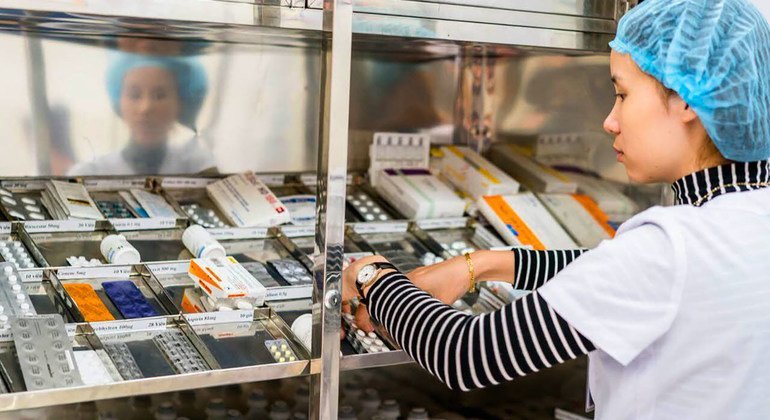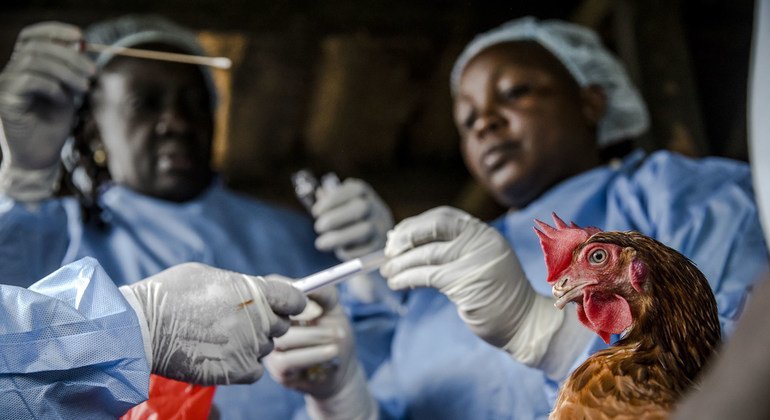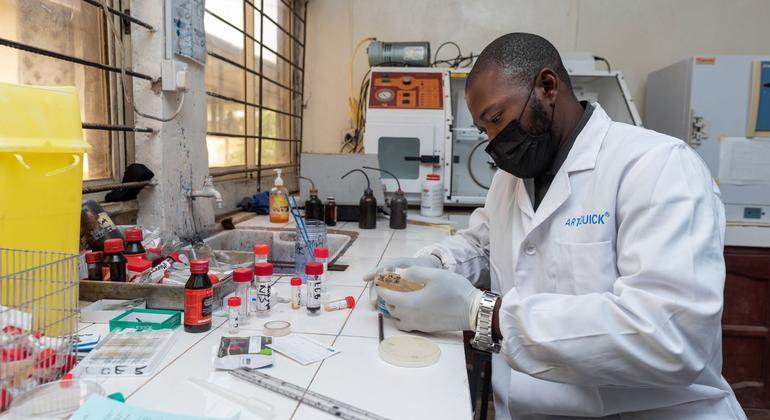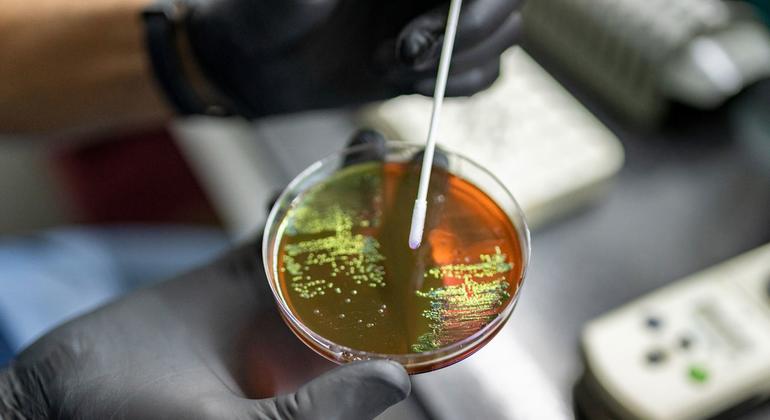
The tuberculosis bacterium, which has already developed resistance to drugs. The invisible killer: what is antimicrobial resistance? Health
Antimicrobial resistance (AMR) is invisible to the naked eye, but it is the direct cause of 1.3 million deaths and a factor in another five million deaths each year.
There are many ways to combat the threat, including hygiene and sanitation measures, vaccination, and efforts to prevent the overuse and misuse of antimicrobials.
The Second High-Level Meeting on Antimicrobial Resistance, to be held on 26 September, will be the main official health event of the High-Level Week of the 79th session of the United Nations General Assembly.
Find out the key facts about AMR in our article.
What is AMR?
Antimicrobials, including antibiotics, antivirals, antifungals and antiparasitics, have significantly increased life expectancy since their discovery. They help millions of people every day, but AMR is making them less effective.

AMR occurs when bacteria, viruses, fungi and parasites gradually mutate and become less susceptible to drugs, making infections more difficult to treat and increasing the risk of spread, severity and death. Thus, a minor injury, routine surgery or common infection can suddenly develop into a life-threatening situation, leading to a long-term illness, loss of ability to work and even death.
“Antimicrobial resistance threatens the medical progress of the last century and threatens to take us back to the pre-antibiotic era, when infections that are now treatable could be tantamount to a death sentence,” said WHO Director-General Tedros Adhanom Ghebreyesus, who will address a high-level meeting on AMR. “It is a threat to all countries, regardless of income level, so a bold, rapid and well-coordinated global response is urgently needed.”
What causes resistance?
Antimicrobial resistance develops naturally over time, usually through genetic mutations. Several factors accelerate the emergence and spread of drug resistance, with unnecessary use of antibiotics, overprescription of antibiotics by health workers, and incomplete treatment courses being key.

The use of antibiotics in agriculture to prevent disease and promote growth in animals can lead to the development of resistant strains that can be transmitted to humans.
In addition, poor sanitation in healthcare settings and agricultural settings facilitates the spread of resistant microorganisms, while global trade and international travel allow pathogens to spread worldwide.
Consequences of AMR
The rise in resistant infections has serious implications for individual and public health, and affects food security.
In addition, AMR causes significant damage to economies and health systems by reducing the ability of patients and caregivers to work due to prolonged hospital stays and the need for more expensive and intensive therapies.
The World Bank estimates that by 2030, global annual losses could reach up to $3.4 trillion, and by 2050, about 28 million people could be pushed into poverty due to AMR-related causes.

The emergence and spread of drug-resistant pathogens that have developed new mechanisms of resistance to antimicrobials continue to limit treatment options for common infections. A particularly alarming trend is the rapid global spread of multi- or totally resistant bacteria (so-called “superbugs”) that cause infections that are resistant to existing antimicrobials, particularly antibiotics.
Without effective tools to prevent and adequately treat drug-resistant infections and expanded access to existing and new quality antimicrobials, the number of people who do not recover from or die from infections will increase. Medical interventions such as surgery, including caesarean sections and hip replacements, cancer chemotherapy and organ transplants will become riskier.
Global Action Plan
In In 2015, international partners adopted a Global Action Plan and stepped up efforts to raise awareness, use antimicrobials responsibly, and conduct research.

AMR is a complex problem and requires a collaborative, multisectoral approach. WHO monitors, reports and provides updated information on drug-resistant microorganisms. An effective tool for combating the disease is to reduce the need for antimicrobials by strengthening health systems through universal coverage and prioritizing prevention, immunization and water, sanitation and hygiene programmes.
